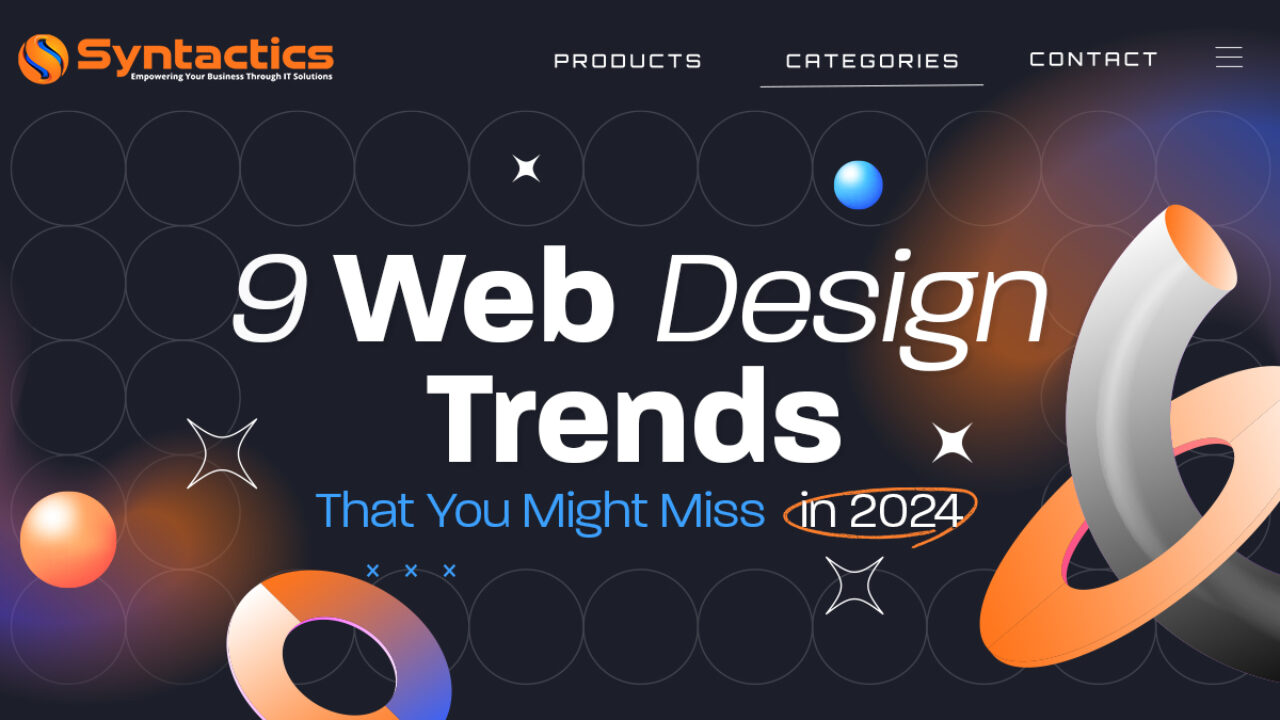Blitz News Digest
Stay updated with the latest trends and insights.
Web Design Trends That Are Here to Stay
Discover the web design trends that are reshaping the digital landscape and staying for the long haul. Don't miss out on what's next!
Timeless Web Design Trends: What You Need to Know
Timeless web design trends transcend the ephemeral styles that come and go with the seasons. They provide a foundation for creating engaging user experiences that resonate with audiences over time. Some of these trends include minimalism, which focuses on simplicity and functionality, removing unnecessary elements to enhance user interaction. Additionally, responsive design ensures that websites function seamlessly across various devices, accommodating the growing number of mobile users without compromising aesthetic appeal.
Color theory is another critical aspect of timeless web design, influencing user emotions and perceptions. Using a cohesive color palette can create a harmonious look, while typography plays a vital role in conveying a brand's voice and clarity of content. To remain relevant, it's essential to incorporate these trends thoughtfully, ensuring that they align with the brand's identity and audience needs. By focusing on user-centric design and adhering to these principles, your website can achieve longevity in an ever-evolving digital landscape.

How to Incorporate Minimalism in Modern Web Design
Incorporating minimalism in modern web design entails stripping away the unnecessary elements to emphasize simplicity and usability. Begin by focusing on a clean layout that prioritizes essential content. Use white space effectively to create visual breathing room, allowing users to navigate your site effortlessly. Implement a limited color palette; two or three colors can strengthen design consistency and enhance aesthetics. Utilizing a grid system can also support a minimalist design, enabling a structured and organized layout that still feels dynamic.
Moreover, typography plays a crucial role in achieving a minimalist approach. Opt for simple fonts that are easy to read and avoid cluttered text blocks. Limit the number of different font styles on a page to maintain coherence and focus. Consider using high-quality images sparingly to support your content, ensuring they align with the minimalist theme. Remember, the goal of minimalist web design is to create an intuitive experience that guides visitors towards your content without overwhelming distractions.
Are Dark Mode and Responsive Designs the Future of User Experience?
In recent years, the rise of Dark Mode and responsive designs has significantly reshaped the landscape of user experience. Dark Mode, which reduces the amount of bright light emitted by screens while still maintaining enough contrast to read content, has gained immense popularity among users. This mode not only helps to reduce eye strain during nighttime use but also extends battery life on devices with OLED screens. As more applications and websites adopt this feature, we are witnessing a shift in user preferences towards options that prioritize both aesthetic appeal and functionality.
On the other hand, responsive design ensures that websites and applications provide an optimal viewing experience across a wide range of devices, from desktop monitors to smartphones. This adaptability enhances usability and accessibility, which are critical factors in retaining users in a competitive digital landscape. As mobile usage continues to dominate, the demand for sites that look and function seamlessly across various screen sizes is growing. Together, Dark Mode and responsive designs represent a pivotal evolution in user experience, indicating that future digital interfaces will not only be more visually appealing but also more user-centric.